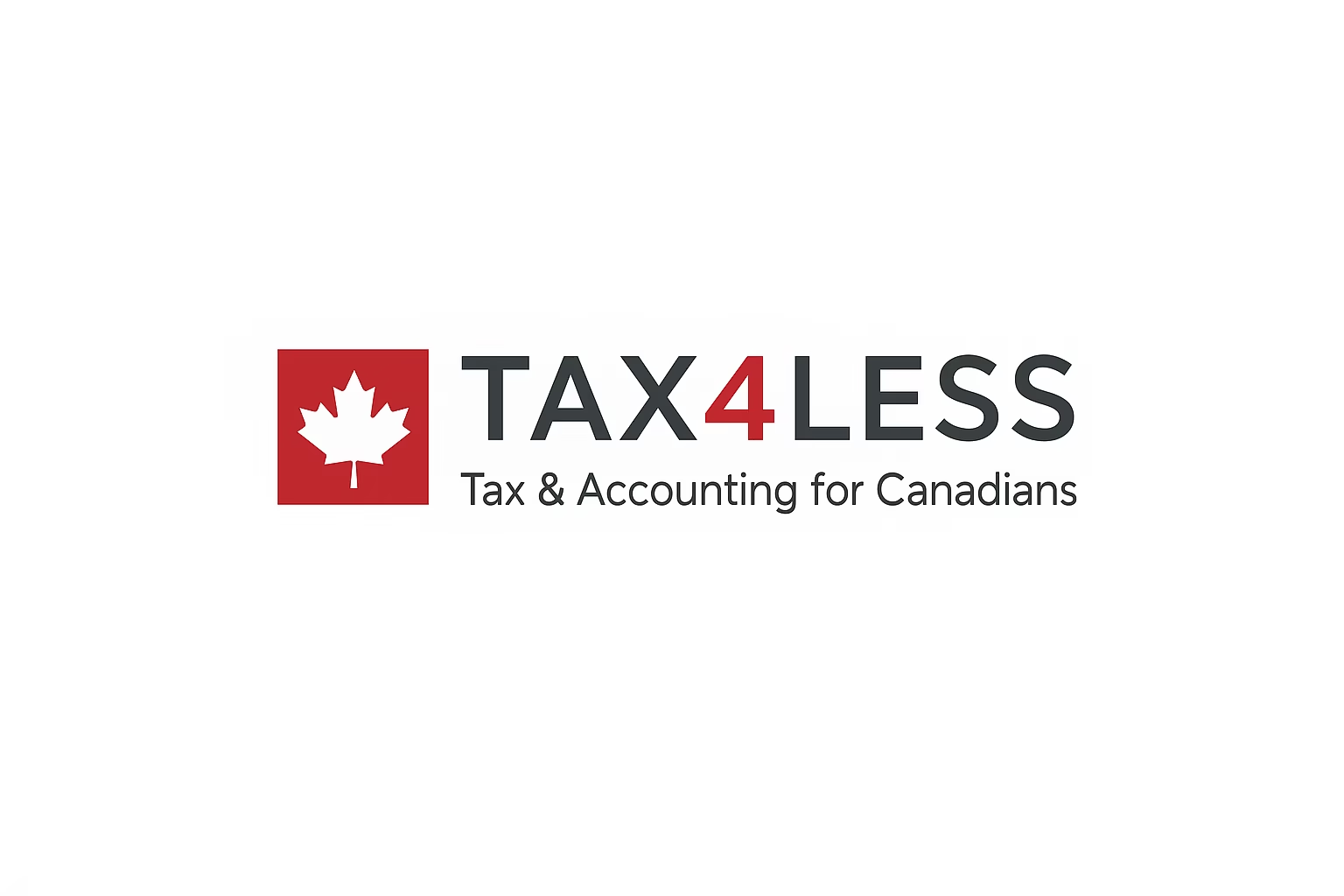Next Steps After Incorporating Your Business: A Comprehensive Guide
Congratulations on receiving your certificate of incorporation! The journey of establishing your business has just begun. To ensure your corporation thrives, it’s crucial to complete the internal organization and maintain compliance with legal requirements. Here’s a step-by-step guide to help you navigate the next steps.
Organizing Your Corporation
Appointing First Directors
Upon incorporation, you must have appointed your first directors as part of the Form 2 submission, which outlines the initial registered office address and board members. These directors will govern your corporation until the first shareholders’ meeting, where shareholders will elect the corporation’s permanent directors.
Holding an Organizational Meeting
An early priority is to conduct an organizational meeting, which should be called by an incorporator or director. Ensure that all directors receive notice of the meeting at least five days in advance. During this meeting, you will:
- Establish by-laws that govern corporate operations.
- Decide on the forms of security certificates and corporate records.
- Authorize the issuance of shares.
- Appoint corporate officers and an interim auditor.
- Address other essential business matters.
Developing Corporate By-Laws
By-laws are essential rules that dictate the internal workings of your corporation. They can cover aspects such as:
- Financial year-end dates.
- Banking arrangements.
- Qualifications and duties of officers.
- Meeting procedures and quorum requirements.
Directors have the authority to create, amend, or repeal by-laws, but any changes must be approved by shareholders at the next meeting.
Issuing Shares
Issuing shares is one of the first significant actions post-incorporation. Shareholders gain ownership by having shares issued in their names. The board of directors typically determines the issuance of shares by a majority vote, and the decision should be documented in the corporation’s minute books. Remember, shares can only be issued upon receiving full payment, whether in cash, services, or property.
Appointing Corporate Officers
Officers handle the daily operations of the corporation. The directors are responsible for appointing these individuals, who can hold various positions such as president, secretary, or treasurer. Their roles are critical in managing corporate activities effectively.
Conducting the First Shareholders’ Meeting
The first meeting of shareholders must be called within 18 months of incorporation. This meeting allows shareholders to:
- Elect directors.
- Review and approve by-laws established by the directors.
- Appoint an auditor.
Keeping Your Corporation in Good Standing
To maintain your corporation’s active status under the Canada Business Corporations Act (CBCA), you must fulfill certain obligations, including:
- Filing Annual Returns: This must be completed within 60 days of your anniversary date each year.
- Updating ISC Information: Information on individuals with significant control must be filed annually.
- Notifying Changes: You must report any changes to your registered office address or board of directors within specified timeframes.
Conclusion
Successfully incorporating your business is just the beginning. By understanding the steps required to organize your corporation and maintain compliance, you can establish a solid foundation for future growth. Always stay informed about your obligations to avoid potential issues, including administrative dissolution. If you need assistance navigating these steps, consider consulting with professionals who specialize in corporate compliance.

 Previous Post
Previous Post Next Post
Next Post